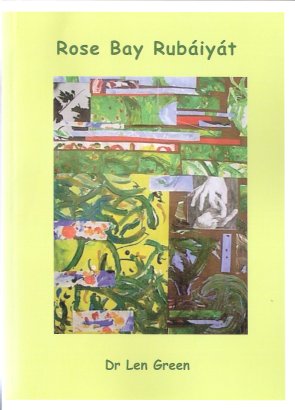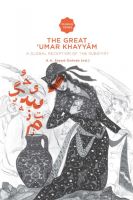The reception of FitzGerald’s Rubáiyát of ‘Umar Khayyám by the Victorians. Esmail Zare-Behtash.
In: The great ‘Umar Khayyám. Leiden, Leiden University Press, 2012. pp. 203–214.
Behtash gives an overview of Khayyám’s reception during the Victorian period in England, offering the reasons why the Rubáiyát became an archetypal Victorian poem, having a dramatic form, mysticism, Epicureanism, melancholy, loss of faith, anxiety about the future, and unfamiliar exoticism.


